Introduction– Why Think Critically About Twitter?
Our class, Writing For Electronic Communities, has been investigating questions regarding literacy in the hyper-mediated time in which we live. According to Jenkins et al. in “Confronting the Challenges of Participatory Culture,” some of the core competencies for people who are literate in the new media include performance, multitasking, distributed cognition, collective intelligence, judgment, transmedia navigation, and networking (p. 6). Twitter touches on most of these concepts. Therefore, it is worth investigating how Twitter typifies the development, or retardation of these competencies. Next, I will touch on how Twitter relates to these topics more or less in order.
I think it is safe to argue that Twitter certainly touches on performance. After all, we are constructing identities of ourselves which are certainly only reflections of our “true selves.” This is especially true because we are using Twitter as first, an academic tool, and second, as a social/leisure tool. We are following other academics, and some of them are following us. It’s safe to assume that this company will certainly constrain the image of ourselves that we are projecting in Twitter.
Many of us multitask with Twitter, another competency that Jenkins et al. discuss. I often Tweet while reading, listening to music, surfing the web, or watching television. Sometimes I am having an issue with an assignment, and ask the class for help. This multitasking is going to become increasingly important with the development of interconnected media devices.
Along the same lines, we tapping into a distributed cognition of sorts when we consult the wisdom of the crowds or even the wisdom of our classmates and colleagues. We are tapping into an interconnected network of people who may be exceptionally well-informed about any number of topics. Twitter encouraging us to tap into this potentially limitless resource.
Because we don’t always know the people with whom we communicate on Twitter, and we may not always be familiar with the sources of information presented to us on the service, it is becoming increasingly important exercise sound judgment when faced with this information. The old rules of media savvy still apply; with the huge pipeline of information available to us, these rules take on even greater importance.
Because Twitter is a multimodal, image-based medium, it certainly encourages transmedia savvy. Tweets often contain links to written articles or videos. We need to be able to follow information across representation systems, as Jenkins et al. suggest in “Confronting the Challenges of Participatory Culture.”
When I think of Twitter in this light, I believe that Echofon more or less serves preserves the medial qualities that make Twitter unique; with Echofon, however, these features are simply more accessible. Twitter is largely the same on Echofon, and supports the same sort of new media literacies that I discussed earlier. Next, I’ll discuss Echofon’s features and compare it to Twitter’s primary web interface, where appropriate.
Echofon’s Features Detailed
The new skills include:
Play — the capacity to experiment with one’s surroundings as a form of problem-solving
Performance — the ability to adopt alternative identities for the purpose of improvisation
and discovery
Simulation — the ability to interpret and construct dynamic models of real-world
processes
Appropriation — the ability to meaningfully sample and remix media content
Multitasking — the ability to scan one’s environment and shift focus as needed to salient
details.
Distributed Cognition — the ability to interact meaningfully with tools that expand
mental capacities
Collective Intelligence — the ability to pool knowledge and compare notes with
others toward a common goal
Judgment — the ability to evaluate the reliability and credibility of different information
sources
Transmedia Navigation — the ability to follow the flow of stories and information
across multiple modalities
Networking — the ability to search for, synthesize, and disseminate information
Negotiation — the ability to travel across diverse communities, discerning and respecting
multiple perspectives, and grasping and following alternative norms.
Echofon is a relatively feature-filled, highly functional Twtitter application that can be used for the iPhone. I suppose that makes Echofon an iPhone app too. You get the point.
Echofon provides near-full Twitter functionality. I’ve been using it since July, when I bought my iPhone. The various profile settings, however, are not accessible through Echofon. This includes a homepage, bio line, and location.

Echofon was built to work on a screen like the iPhone’s. The Bottom of the screen shows some of the application’s main functions. Tweets are displayed in reverse-chronological order, just like Twitter’s original interface. The Friend icon allows users to view their friends list. Friends are listed alphabetically, with their profile pictures shown on the left of the screen. There is a bar on the right of the page that allows users to quickly scroll down. For instance, if the user wish to scroll quickly down to his/her friends whose names begin with “T,” he/she simply clicks on the T on the right of the screen. This is very similar to iTunes on the iPhone. When the application is opened after being closed for any length of time, the number of Tweets that have been made from the user’s friendlist will be displayed. Users can refresh the page by hitting the refresh icon on the top. At the top of the page on Echofon, ads are displayed. I think it’s a small price to pay for such a solid application.
The “@mention” button will display every time a Tweet has been directed toward a particular user. When the application has been closed for any length of time, and is re-opened, a number is displayed above the @mention icon displaying how many @replies have been sent to the user.
The “Message” icon displays the private messages that have been sent to or from the user. Individual conversations are kept together as “conversations,” in much the same the iPhone’s text messaging interface works. I would put up a screen shot displaying this, but those are private.
The “Favorites” icon displays any Tweets that the user has marked as his/her favorite. I apparently have three favorites though I don’t remember “favoriting” them.
The “Search” function is extremely useful. It works just like “search.twitter.com,” but is conveniently located on Echofon’s main interface.
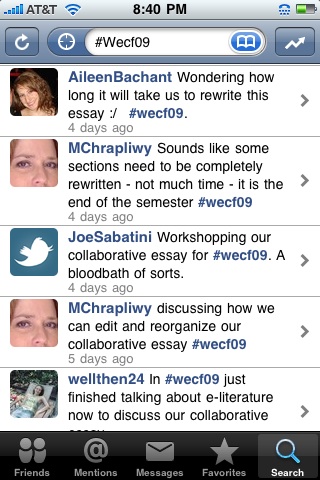
Echofon’s Search function. Here, I searched for our class, #wecf09. The zig-zagging arrow indicates trends. This is how Trending Topics can be followed on Echofon.

When the user clicks on a friend’s profile, this interface is displayed. Users can easily reply to the Tweet, reTweet, or Direct Message. This is especially useful for re-Tweeting. (I used N’Gai’s profile because he’s the man– he linked to two of my blogs when he used to write for Newsweek. He’s worth following on Twitter if you’re interested in videogames, writing, movies, music, or basketball.)
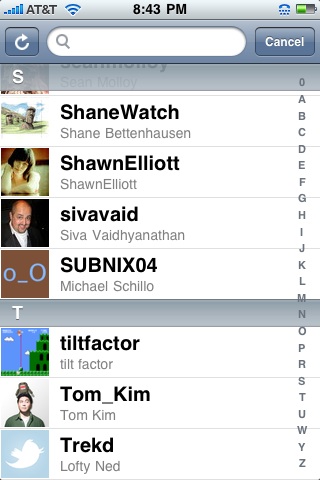
This is the friend search function, very similar to iTunes’ equally excellent and intuitive interface.

If the user wishes to Tweet a picture, that can be done easily. Simply click on the camera icon. Then the options to “Shoot Video/Photo,” “Choose Existing Media,” or “Cancel” appear. It is very simple and highly intuitive.

Users can Tweet their geographic location as Echofon is compatible with Google Maps. Users can “Update Profile Location” or “Insert a Google Maps Link.”

Users can adjust various settings for Echofon through the iPhone’s settings screen. Auto scroll can be turned off, or can be adjusted to display either the last Tweet the user posted or post all unread Tweets. This feature is useful as it allows users to see exactly where the last Tweet is that he/she saw.
Also, users can adjust how often Echofon refreshes. There are options to turn the function off entirely, or to refresh every minute, two minutes, three minutes, or every five minutes. Font size can be adjusted from small, medium or large. The default search screen can be switched to search, history, trends, or location. Users can also set Tweets to be read at a later time.
Conclusion
This review is more of a justification of a critical evaluation of Twitter and a review of a particular application that facilitates the use of Twitter. I am not sure if there is anything about Echofon that adds or detracts to the theoretical discussion of Twitter, save the former’s relative convenience. I think it is worth noting that Echofon is designed so elegantly that it doesn’t obfuscate the great things Twitter already does, with adding some highly useful features to the service, making the creating of multimodal micro-texts possible.
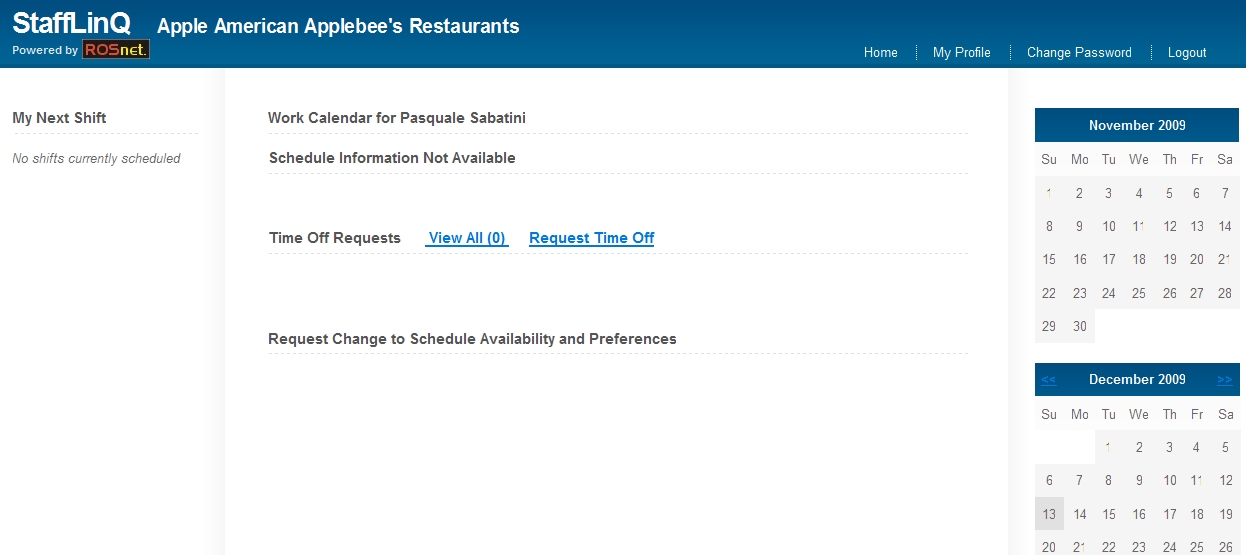
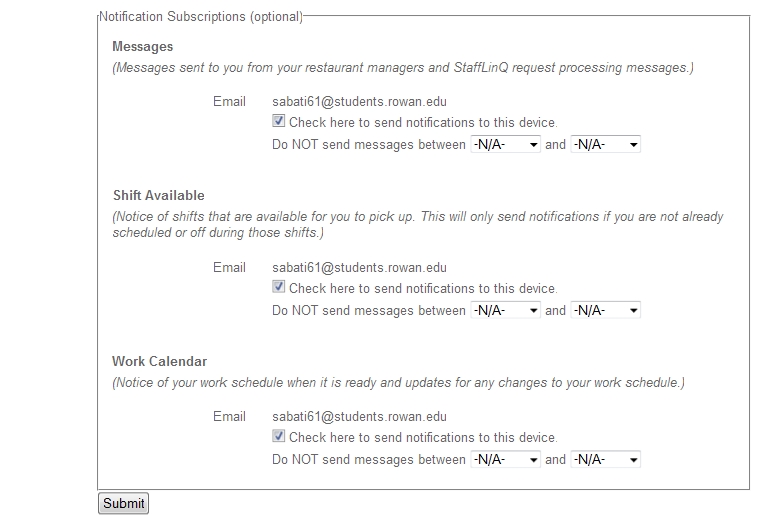
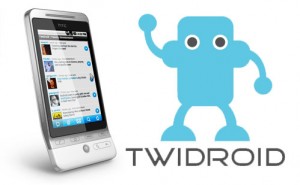 I picked up the
I picked up the  *Photo courtesy of
*Photo courtesy of

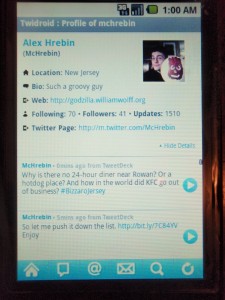











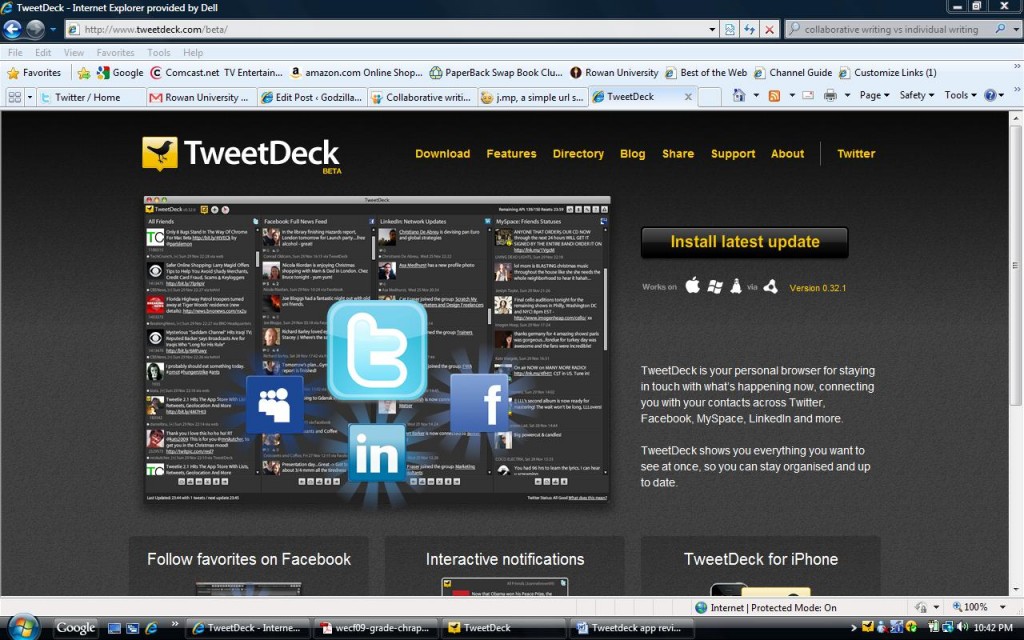
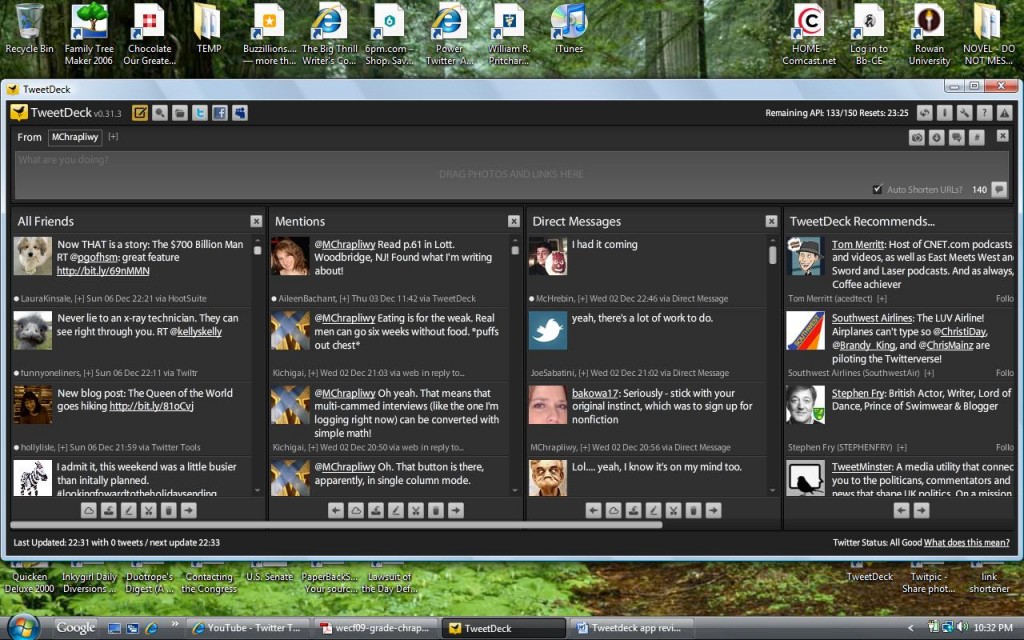


Recent Comments